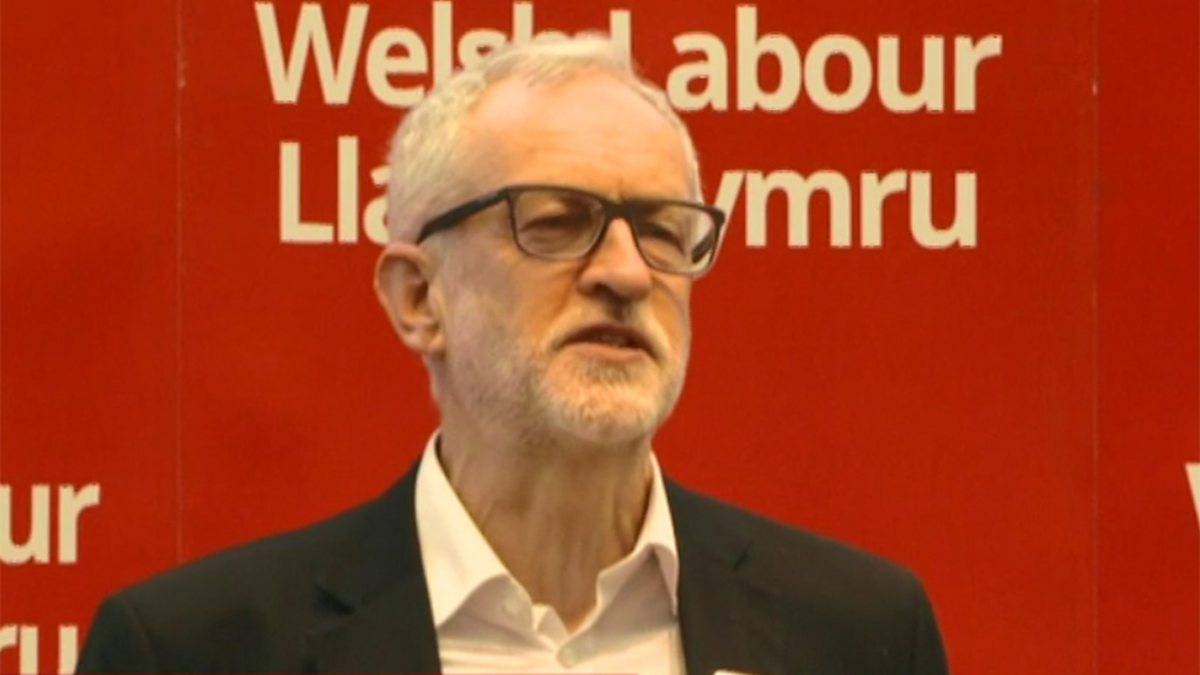Political Campaigns and Strategies
Jeremy corbyn election – Jeremy Corbyn’s campaign team employed several key strategies to reach voters and mobilize support. These strategies included a focus on social media, grassroots mobilization, and a messaging and rhetoric that appealed to a wide range of voters.
Social media played a crucial role in Corbyn’s campaign. The team used platforms such as Twitter and Facebook to connect with voters, share their message, and mobilize support. Corbyn’s social media presence was particularly effective in engaging with younger voters, who are more likely to use these platforms to get their news and information.
Grassroots Mobilization
Grassroots mobilization was another key component of Corbyn’s campaign. The team organized a network of volunteers who worked to spread the word about Corbyn’s message and encourage people to vote for him. This network was particularly effective in reaching out to voters in local communities and mobilizing them to participate in the election.
Messaging and Rhetoric, Jeremy corbyn election
Corbyn’s messaging and rhetoric were carefully crafted to appeal to a wide range of voters. The team focused on themes of social justice, economic equality, and environmental protection. Corbyn also used a populist message that appealed to voters who felt left behind by the political establishment.
Policy Positions and Voter Engagement: Jeremy Corbyn Election

Jeremy Corbyn’s policy positions were a key factor in his success in engaging voters. His policies, which focused on social justice, economic equality, and environmental sustainability, resonated with many voters who felt that the traditional Labour Party had abandoned its core values.
Corbyn’s policies included:
- Nationalizing key industries, such as the railways and energy companies.
- Raising taxes on the wealthy and corporations.
- Investing in public services, such as healthcare and education.
- Taking action on climate change.
These policies were popular with many voters, particularly those who felt that the Conservative government was not doing enough to address the problems facing ordinary people.
Voter Engagement
Corbyn also used a number of methods to engage voters and mobilize support. These included:
- Holding large rallies and public meetings.
- Using social media to connect with voters.
- Targeting specific groups of voters, such as young people and ethnic minorities.
These methods were effective in mobilizing a large number of voters, particularly young people, who had previously been disengaged from politics.
Media Coverage and Public Perception

The portrayal of Jeremy Corbyn in the media during the election was complex and multifaceted. Some outlets praised his commitment to social justice and his ability to connect with voters, while others criticized his policies and his leadership style.
The impact of media coverage on public perception of Corbyn and his campaign was significant. Positive coverage helped to raise his profile and build support for his policies, while negative coverage contributed to the perception that he was unelectable.
Role of Social Media
Social media played a significant role in shaping the narrative around the election. Corbyn’s supporters used social media to amplify his message and mobilize support, while his opponents used it to spread negative information and attack his character.
Electoral Outcomes and Analysis
In the 2017 general election, Jeremy Corbyn’s Labour Party made significant gains, increasing its share of the vote by 9.6% and gaining 30 seats, the largest increase since 1997. However, the party fell short of winning a majority, with the Conservatives remaining the largest party in the House of Commons.
Vote Share and Seat Distribution
- Conservative Party: 42.3% of the vote, 317 seats
- Labour Party: 40.0% of the vote, 262 seats
- Scottish National Party: 3.0% of the vote, 35 seats
- Liberal Democrats: 7.4% of the vote, 12 seats
- Democratic Unionist Party: 1.0% of the vote, 10 seats
- Sinn Féin: 0.7% of the vote, 7 seats
- Plaid Cymru: 0.6% of the vote, 4 seats
- Green Party: 1.6% of the vote, 1 seat
- Other parties: 3.4% of the vote, 1 seat
Factors Contributing to Corbyn’s Electoral Performance
Corbyn’s electoral performance was influenced by a number of factors, including:
- The popularity of Corbyn’s left-wing policies, such as nationalization of key industries and increased public spending.
- The unpopularity of the Conservative government, particularly over its austerity policies.
- The youth vote, which swung heavily in favor of Labour.
- Corbyn’s personal charisma and ability to connect with voters.
Implications of the Election Results for British Politics
The election results have had a number of implications for British politics, including:
- The weakening of the Conservative Party and the strengthening of the Labour Party.
- The increased polarization of British politics.
- The rise of the left in British politics.
- The increased uncertainty over the future of Brexit.
Comparisons and Historical Context
Jeremy Corbyn’s Labour election campaign stood out from previous Labour campaigns in several ways. Corbyn’s focus on socialist policies, such as nationalization of key industries and increased public spending, represented a significant departure from the centrist policies pursued by previous Labour leaders like Tony Blair and Gordon Brown.
The election can also be placed within the broader historical context of British politics. The rise of populism and the decline of traditional party loyalties have been significant trends in recent years, and Corbyn’s campaign tapped into these sentiments. The election also took place against the backdrop of Brexit, which has deeply divided British society.
Lessons Learned from the Election
The election results have been widely analyzed, and several lessons have been drawn. One lesson is that traditional party loyalties are no longer as strong as they once were. Voters are increasingly willing to vote for parties that they perceive as representing their interests, even if those parties do not have a long history or a well-established platform.
Another lesson is that social media can play a significant role in political campaigns. Corbyn’s campaign made effective use of social media to reach out to voters and mobilize support.